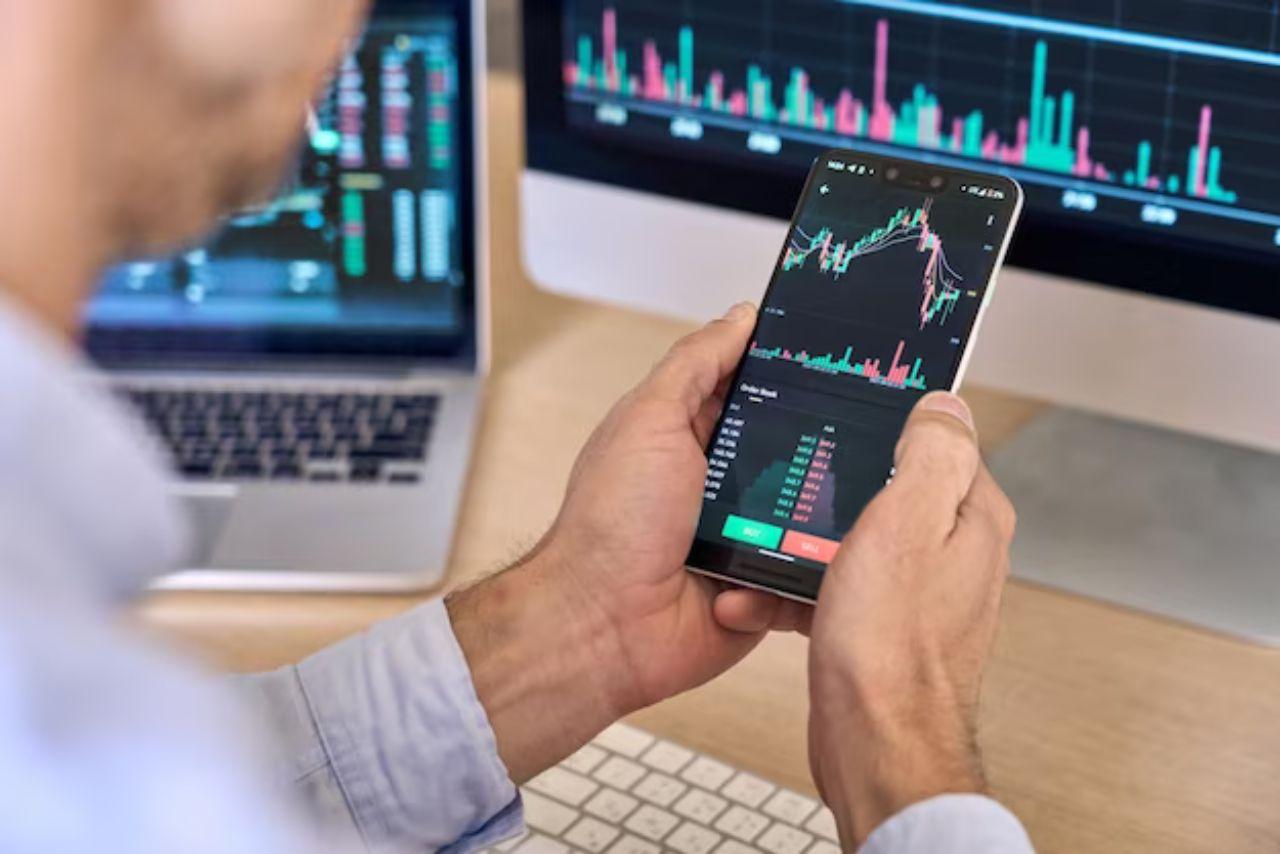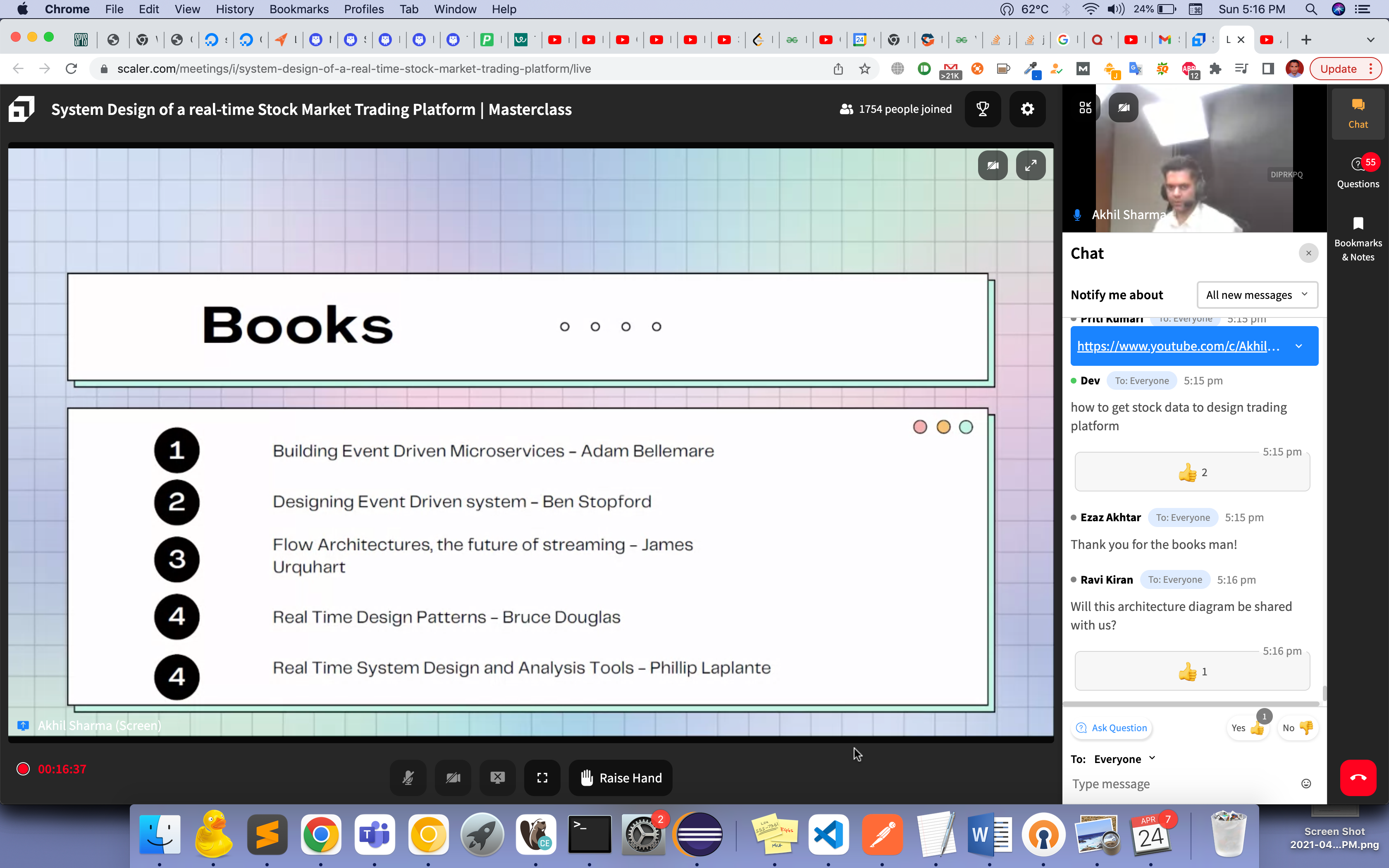
Businesses in the UK, whether big or small, start-up or well established, should know the ins about outs of VAT. It stands for Value Added Tax (VAT) and is an end consumer tax paid and is calculated down to the price of the product or service at each stage of production, distribution, and sale to the end customer. The added charge of VAT can appear on services and goods that come from a business and end up with a customer, the customer can be an individual or a business.
There are some reasons why a business might be charged VAT on their taxable supplies, these include business sales of goods and services, hiring or loaning, commission, selling assets, selling something to staff, and much more. You will need to research in-depth to find out exactly what you will need to pay VAT tax on. If you have registered your business for VAT, you can claim back any VAT you have paid on business goods and services.
How can I register for VAT?
Your business isn’t automatically registered for VAT, you will have to sign up yourself and make sure you get the right documentation for everything. If you are recently noticing how much money you put into your business, there are options for payday loans that will have you covered until the end of the month if you need personal funds. Make sure you have enough to pay these back on payday or you might end up getting into debt, this won’t be good for your personal life or your business. Make conscious decisions when it comes to VAT and any loans you are taking out, whether they’re for personal reasons or to help fund your business.
Do I qualify to pay VAT?
The fastest way to register for VAT is through HMRC and you can do this online. You will only need to pay VAT if you are over the threshold, this is usually over £85,000 so you would have to be very successful to make this. This amount will change in April 2022, so keep your eyes peeled if you think you might be eligible to pay it. Those who know they’re under the threshold can willingly register for VAT, but there is generally no need to do this.
Once you have registered make sure you know what to do
Once you have been through the process of registering, you will get a VAT number that will need to be included on all the invoices you issue. You don’t need to edit old invoices, just add the VAT number to invoices going forward. If you do this, you will be able to account for your VAT from that point on. Now that you know some more about VAT, you will be able to make a responsible decision about whether you need to sign up to pay it or not. This will all come down to your business earnings and your own preferences. Good luck on your financial journey; we wish you success within your company, whether you’re the owner or the one dealing with the finances.
Also read about:
Gorge Walking In Wales All You Need To Know
5 Reasons You May Be Entitled to Financial Compensation After Your Accident
Things You Should Know About Period Hygiene










